Patchwork stitch
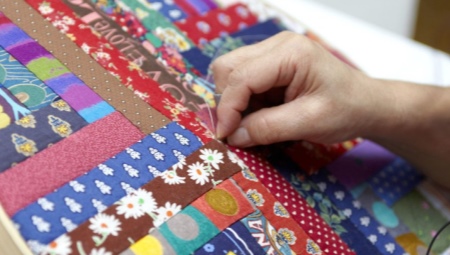
Patchwork (patchwork) is an old type of needlework, in which a whole fabric is sewn from pieces of fabric according to the mosaic principle. This is a difficult, time-consuming, painstaking process that requires industriousness, perseverance, creative enthusiasm, and a certain artistic taste from needlewomen. As a result, the craftswomen create original products with a unique kaleidoscope of color accents.
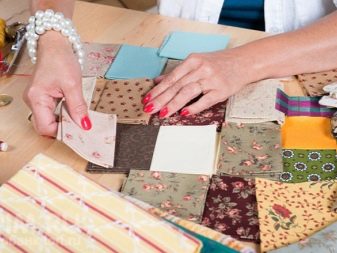
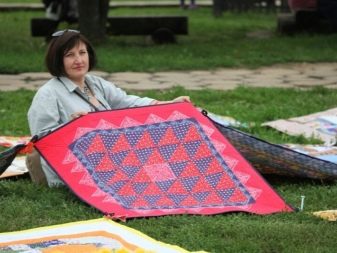
Basic principles
Quilting is the most important operation in the creation of patchwork. High-quality stitching will decorate the product with a beautiful ornament, hide minor material defects and imperfect joining of some flaps, connect 3 layers (the so-called sandwich): the upper patchwork fabric, the cushioning material and the lower purl lining. Such a product will last a long time and will not deform during washing and cleaning.
A sloppy stitch with an uneven stitching and skewed "influences" of fabric will cross out even flawless patchwork sewing.
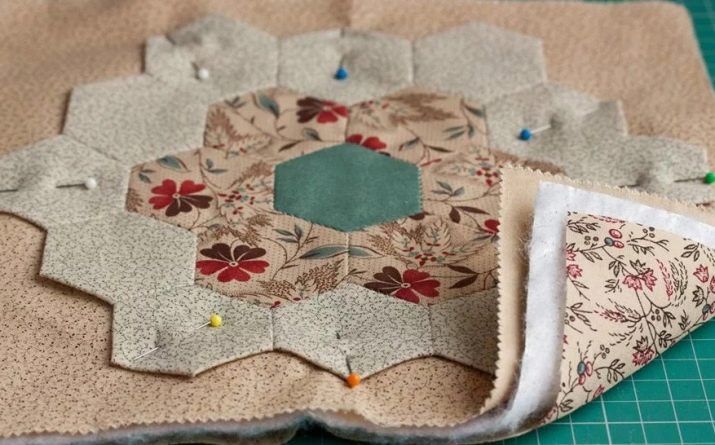
There are several principles that should be strictly adhered to, regardless of the type of stitch, in order to avoid gross mistakes when performing the operation.
- Before starting the stitching, to securely fix the layers, the product must be carefully swept. In addition to basting, you can fix the layers of fabric with special spray glue or quilting pins.
- You only need to start work with a new needle.
- Use high quality threads.
- Adjust the stitch length (for machine stitching).

Quilting the product should be done carefully, carefully controlling this creative process. It must be remembered that it is extremely difficult (almost impossible) to rip an unsuccessful stitch, you can irrevocably ruin the entire product.
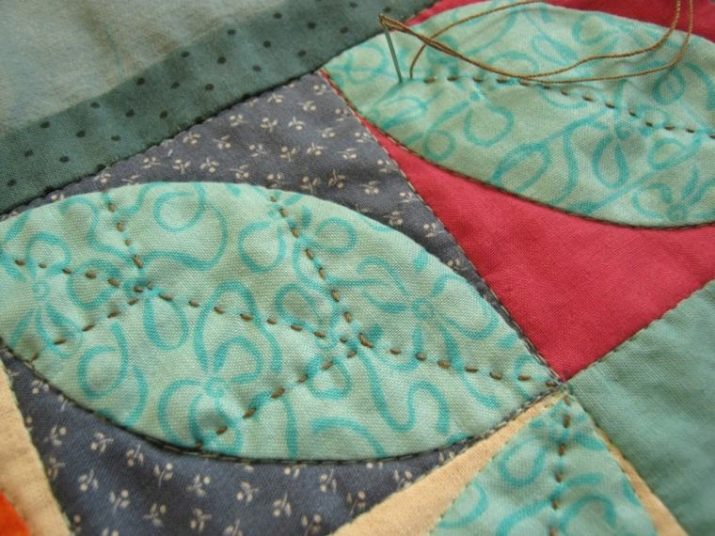
Views
Quilting can be done by hand or on a sewing machine.
Regardless of the method chosen, the fabric should always be quilted from the center to the edges.
Compliance with this immutable rule will prevent possible distortions and displacements of the layers of the canvas.

Let's take a closer look at how to sew a stitch.
Machine quilting
The speed of machine quilting in comparison with manual quilting is a definite plus of this type, but embossed patterns look more "hard" than soft handmade lines. On modern sewing machines, it is possible to sew long lines of a schematic stitch pattern as evenly as possible and get a uniform, beautiful stitch. But if the product is large (for example, a blanket or a panel), then it is difficult to feed the sewing area under the foot from the working table of the machine, and this is a significant disadvantage.
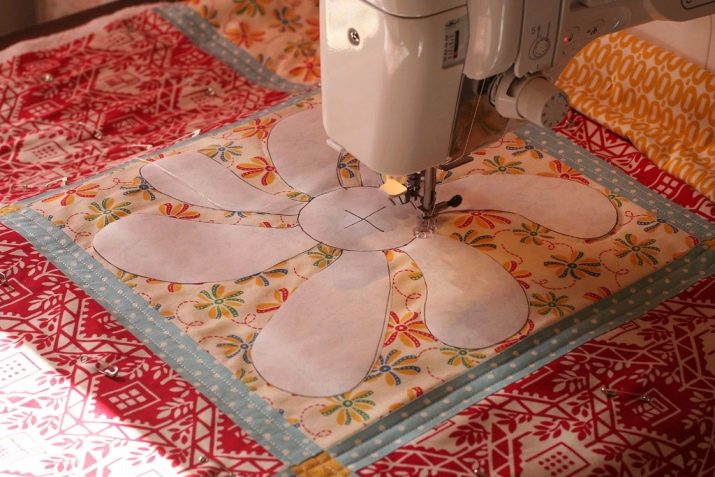
When working on a machine, do not chase speed. Sewing should be done slowly, calmly, carefully stitching the circular elements of the pattern, wavy lines, convolutions.
Do not be lazy to carefully fasten the ends of the threads at the beginning and at the end of the stitches so that the look of the product is neat from the front and back. The best way to do this is to pull both ends of the threads to the wrong side, tie them in a knot, thread the ends into a needle, and drown them under the lining.

Hand stitch
This type of stitching requires significantly more time, perseverance and patience than machine stitching, but it is considered softer, more delicate and refined. Hand-stitched decorative seams look equally beautiful on both sides of the garment - front patchwork and back lining. An indispensable condition - all stitches and "steps" between them must be perfectly even.
This is not a basting! Only equal-sized stitches will ensure the beauty of the quilt pattern.

In the process of work, it is necessary to constantly check the lower part of the product in order not to inadvertently miss the assemblies formed on the lining. For convenience, some needlewomen tuck the canvas into a special hoop (in the form of a rectangular frame or circle). But it is not always possible to purchase such a hoop, so many craftswomen do without them. Quilting on patchwork canvases can be carried out directly along the lines of the stitching seams, along them at a distance of several millimeters, in a straight line, "lattice", as well as in the form of various patterns and fantasy motifs. Such complex types of quilting are considered the most effective.
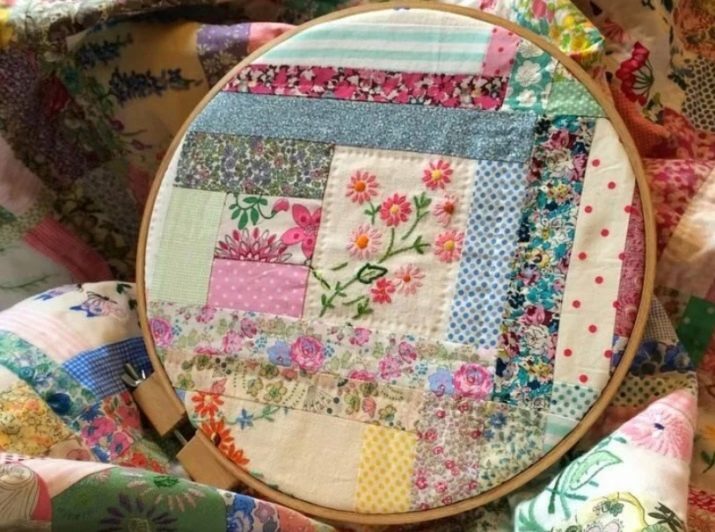
Schemes
There are many specially designed quilting methods and schemes. Performing complex variations requires skill and practical experience.
It is not recommended to develop schemes on your own; it is better to take a simple ready-made development from a handicraft manual or from an Internet site, where proportions and features have already been taken into account.
You should start work with simple schemes in order to gradually "fill your hand".
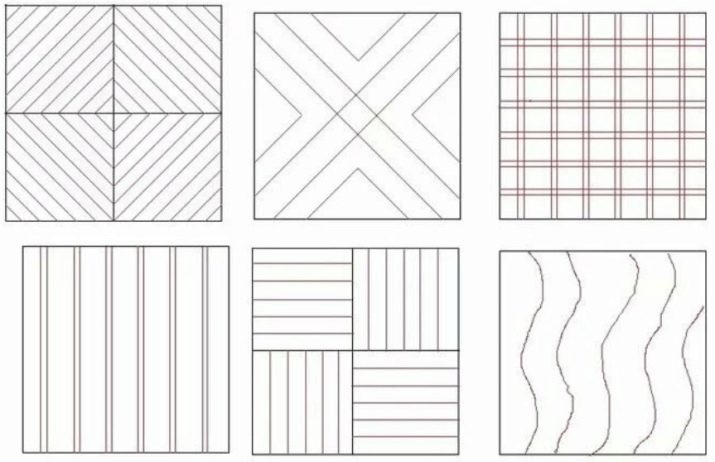
Let's look at a few examples of stitching for beginners.
Rectilinear
The simplest stitch of all patterns. The distance between the lines is selected depending on the size of the product. In order to get a perfectly straight line, before starting work, lines are drawn on the canvas with a special pencil (it can be easily removed from the fabric and does not leave marks). The special thin paper Masking-Tape with an adhesive backing is very convenient to use. A 6 mm tape is glued along the mark or seam and the first line is sewn along the tape. Then the ribbon is transferred to the section along the first line, and again the next line is sewn along the edge of the ribbon. One and the same tape can be re-glued no more than 3 times, then a new section of the tape must be prepared. The same line spacing is guaranteed. Most sewing machines have special feet on which you can set the distance between the lines, then you don't have to draw lines on the canvas.
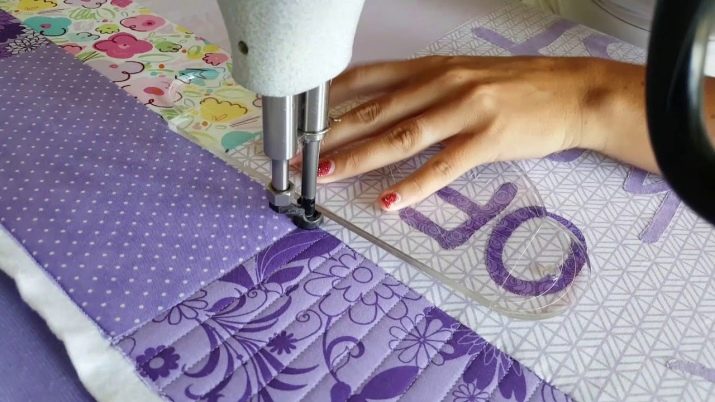
Wavy
It is very similar to a straight stitch, only the distance between the lines remains different due to the fact that the line is wavy. It is easily mastered by novice needlewomen and quickly becomes a favorite scheme in work.It is done quickly and fun, looks modern. The fabric is fed for undulating stitches under the machine foot, alternately under the stitching forward and backward.

Zigzag
Also an acceptable option for beginners. Stitches like a straight stitch, but the machine will sew in a zigzag stitch pattern. This interesting way of using the machine's zigzag stitch allows even beginners to create a beautiful expressive stitch pattern. You can sew back and forth.
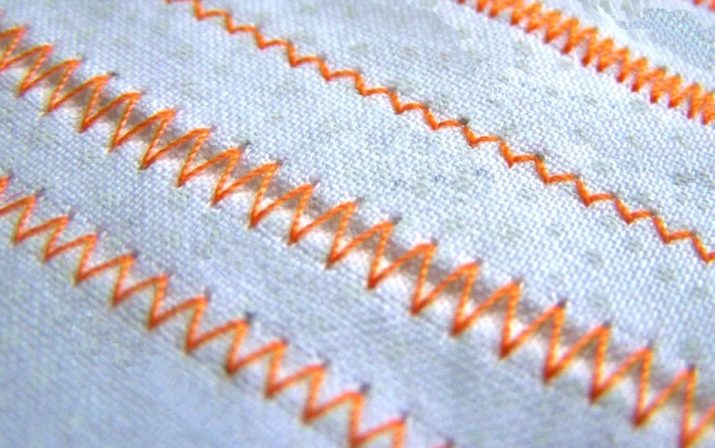
Sinuous
To complete this version of stitching, some skill is required, but novice seamstresses can also cope with such work, if they apply maximum effort and diligence. The sinuous lines that I would like to get on the product are best drawn first on paper, and only then applied to the canvas and carefully quilting the product along the lines. This stitch is suitable for almost any design.
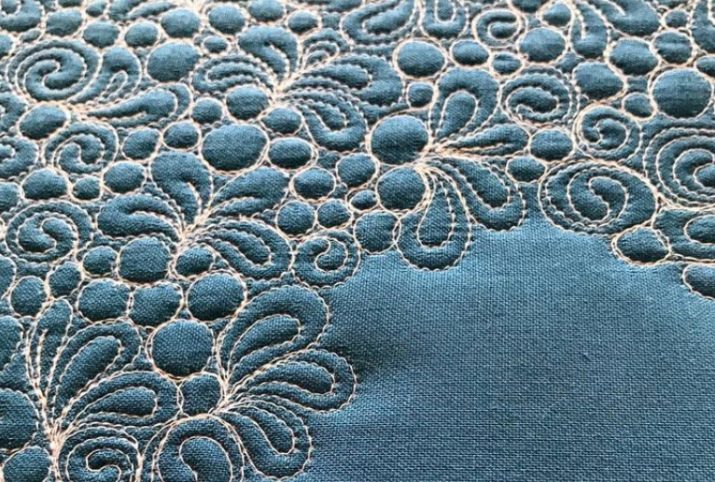
The examples given are only a very small part of the possible methods and patterns of quilting., which can be recommended to needlewomen who decide to try to work in the patchwork technique. Real craftswomen with impressive practice, with the help of a variety of stitches, are able to create unique patterns of patchwork quilts.
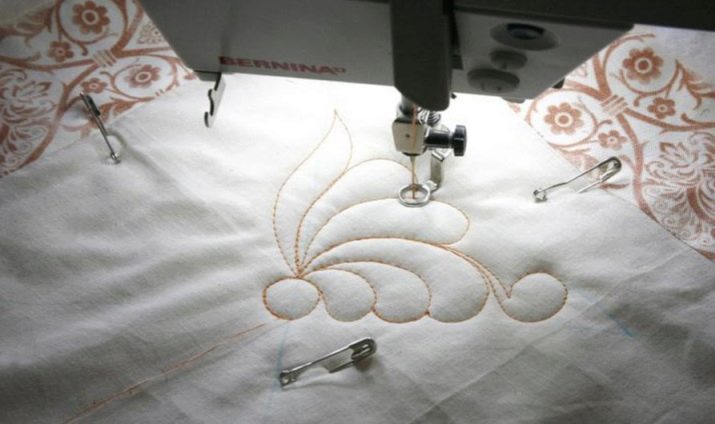
Today, patchwork design is again at the height of fashion and is rapidly evolving.... High-quality quilting of a patchwork fabric (clothing, decorative elements, accessories, household items) becomes a decorative highlight of the product, gives it a complete look, complements, diversifies and turns it into a full-fledged quilt with a volumetric pattern.
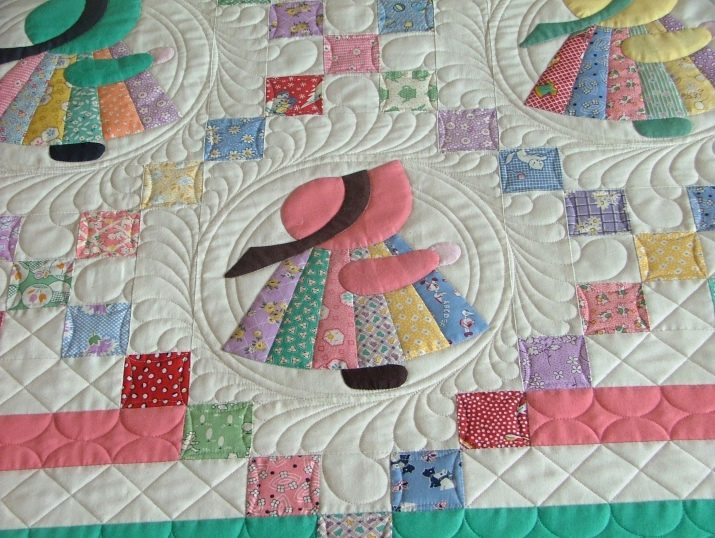
The following video shows an example of free stitching for beginners.









Thanks. Great show.